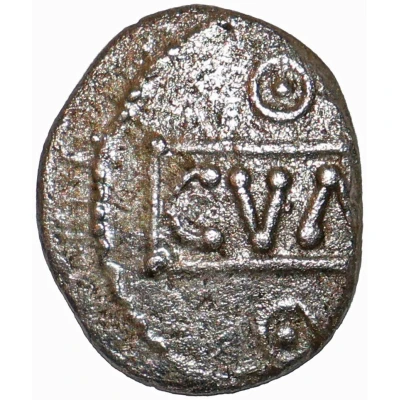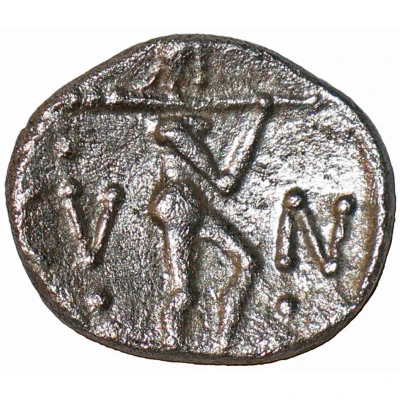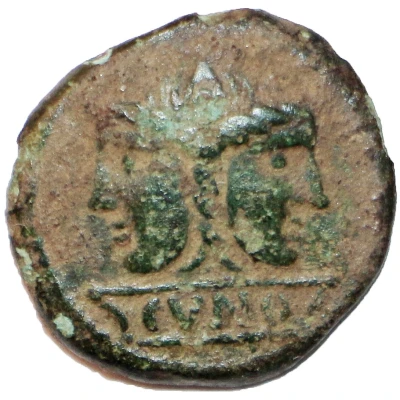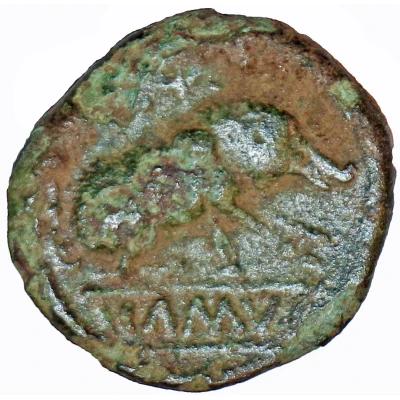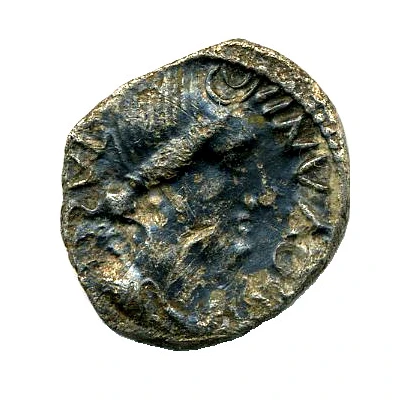
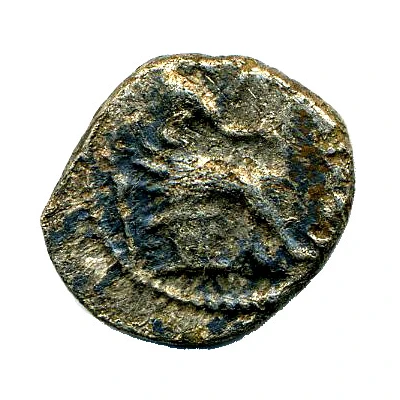

Silver Unit "Trinovantian W" - Cunobeline
| Silver | 1.28 g | 13 mm |
| Issuer | Catuvellauni tribe (Celtic Britain) |
|---|---|
| King | Cunobeline (circa AD 9-40) |
| Type | Standard circulation coin |
| Years | 10-43 |
| Value | Silver Stater (1⁄50) |
| Currency | Stater |
| Composition | Silver |
| Weight | 1.28 g |
| Diameter | 13 mm |
| Thickness | 1.8 mm |
| Shape | Round (irregular) |
| Technique | Hammered |
| Demonetized | Yes |
| Updated | 2024-10-09 |
| Numista | N#133836 |
|---|---|
| Rarity index | 97% |
Reverse
Seated figure facing right, playing lyre.
Script: Latin
Lettering: CVNOBELIN
Comment
Trinovantes & Catuvellauni; BMC 1879-82Styled as son of Tasciovanus on some of his coins, Cunobelin appears to have ruled over the unified territories of the Trinovantes and Catuvellauni, with additional territory in Kent. His main centre and mint was at Camulodunum (Colchester), appearing as the mint signature CAMV.
Interesting fact
One interesting fact about the Trinovantian W coin is that it features a unique reverse design that depicts a stylized horse and rider, which is believed to represent the Celtic goddess Epona. This imagery highlights the cultural and religious practices of the Catuvellauni tribe, who were known for their skilled horsemanship and reverence for Epona. The coin's design serves as a window into the beliefs and values of ancient Celtic societies, making it a fascinating piece of history.
